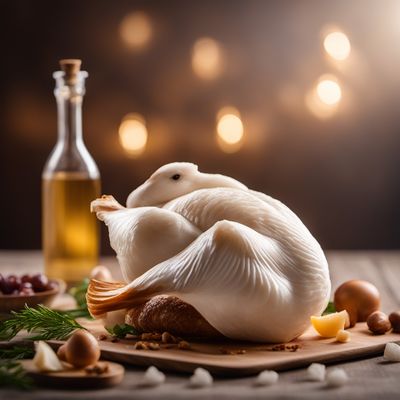
Ingredient
Duck, fresh fat tissue
The Rich Delicacy of Duck Fat
Duck fat is rendered from the fatty tissue of ducks and is known for its high smoke point, making it ideal for frying and roasting. It has a rich, buttery flavor with a hint of gamey undertones. The texture of duck fat is smooth and velvety, and it adds a delightful crispness to roasted vegetables and potatoes. Its appearance is a pale yellow color with a creamy consistency when melted.
Origins and history
Duck fat has been used in cooking for centuries and has a long history in French cuisine. It was highly valued for its flavor and ability to enhance the taste of various dishes. Duck fat was traditionally rendered by slowly melting the fat tissue over low heat, allowing the impurities to separate. It has been a staple ingredient in classic French recipes like confit and pommes de terre sarladaises.
Nutritional information
Duck fat is a good source of monounsaturated fats and contains essential omega-3 fatty acids. It is also rich in vitamin E and provides a good amount of energy with approximately 120 calories per tablespoon.
Allergens
May contain allergens for individuals with duck or poultry allergies.
How to select
When selecting fresh duck fat, look for a creamy white or pale yellow color with a smooth texture. It should have a mild, pleasant aroma without any off-putting odors. Avoid fat that appears discolored, has a rancid smell, or contains any impurities.
Storage recommendations
To maintain its freshness, duck fat should be stored in an airtight container in the refrigerator. It can be kept for several months when refrigerated, or it can be frozen for longer storage. Make sure to label the container with the date to keep track of its freshness.
How to produce
Duck fat can be produced by rendering the fat tissue from fresh ducks. This can be done by slowly melting the fat over low heat until it liquefies and the impurities separate. The rendered fat can then be strained and stored for future use.
Preparation tips
Duck fat can be used in a variety of cooking techniques, including frying, roasting, sautéing, and even baking. It adds a rich and savory flavor to dishes like roasted potatoes, confit, seared meats, and pastries. When using duck fat, it is important to consider its high smoke point and adjust cooking temperatures accordingly to prevent burning.
Culinary uses
Duck fat is commonly used in French cuisine, particularly in dishes like confit, cassoulet, and pommes de terre sarladaises. It is also popular in other European cuisines and is gaining recognition in modern cooking for its unique flavor and versatility.
Availability
France, Europe, United States
More ingredients from this category
Recipes using Duck, fresh fat tissue
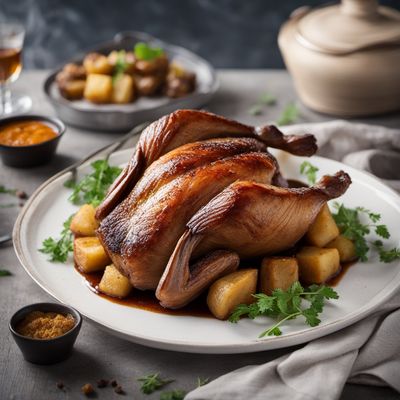
Silesian-style Roasted Duck with Potato Dumplings
Silesian Delight: Crispy Roasted Duck with Hearty Potato Dumplings
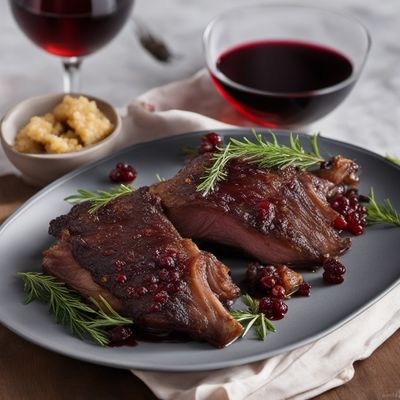
Crispy Duck Confit with Red Wine Reduction
Gourmet Delight: Crispy Duck Confit with a French Twist
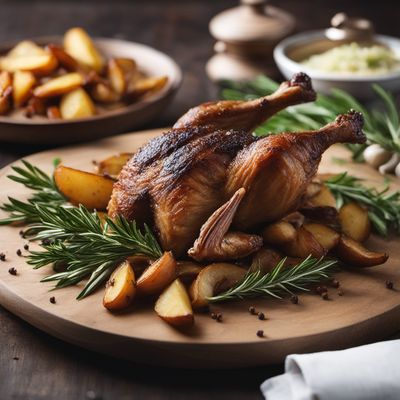
Crispy Occitan Duck
Duck Confit Occitan Delight
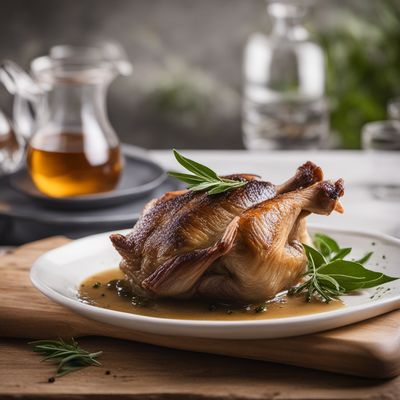
Classic French Duck Confit
Savory Delight: French Duck Confit with Crispy Skin
